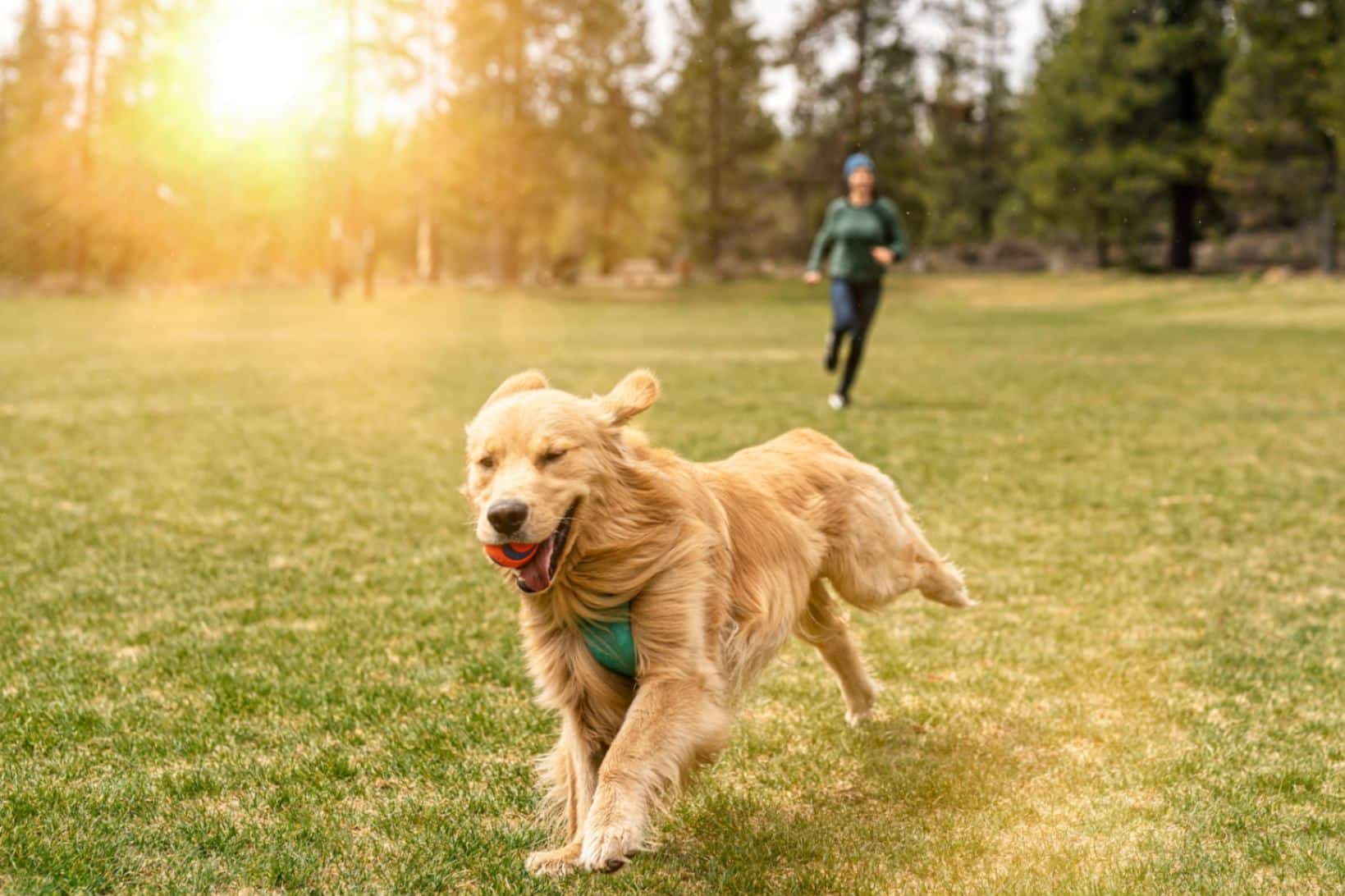Owning a pet, particularly a dog, requires a lot of attention and care, from regular meals to annual veterinarian visits. One of the essential aspects of pet care is ensuring your dog gets adequate exercise through regular walks. However, the frequency of these walks can vary based on several factors, including breed, age, exercise tolerance, and your schedule.
:strip_icc()/rules-for-walking-your-dog-1117437-01-9e2d4548f974456db20e7c5abe1c3291.jpg)
Determining the Frequency of Walks
Every dog breed has unique exercise needs. Sporting and working dogs, such as Doberman Pinschers, require more daily activity, often needing up to three walks per day. In contrast, toy breeds like Pomeranians are more content being lapdogs and may only need a single walk. Younger dogs, bursting with energy, typically need more frequent walks compared to older dogs who may suffer from health conditions like arthritis or diabetes, which can reduce their stamina and willingness to exercise.
Assessing the Duration of Walks
The length of time you should walk your dog also depends on its physical condition and energy levels. For a dog in good health, a 20 to 30-minute walk each day is ideal. This duration allows them to burn off energy and maintain their fitness. On the other hand, dogs with health issues or those who are overweight might only need a short 10-minute walk to avoid overexertion.
Pet owners often have busy schedules that can make it challenging to commit to long walks. In such cases, the American Kennel Club recommends walking your dog for at least 10 to 15 minutes daily. If even this brief period is difficult to manage, incorporating 10 to 15 minutes of indoor activities can be a good alternative to keep your pet active and healthy.
Understanding Bathroom Needs
Besides exercise, regular walks are necessary for bathroom breaks. Adult dogs generally need to relieve themselves three to five times a day. Puppies, with their smaller bladders, require more frequent potty breaks, sometimes even every hour. Senior dogs also need to urinate more often as they cannot hold their bladder as long as younger dogs. It’s advisable to wait between four to six hours before taking older dogs out again. Health issues can also affect a dog’s urination frequency. For example, conditions like urinary tract infections or kidney problems can increase the need for bathroom breaks. Monitoring your dog’s bathroom habits and adjusting their walking schedule accordingly is crucial for their well-being.

The Importance of Sniffing on Walks
Allowing your dog to sniff during walks is not just about curiosity; it’s a significant aspect of their interaction with the environment. Sniffing helps dogs gather information about other animals that have been in the area, making it a form of communication. Male dogs, in particular, may lift their legs high to leave their scent at a level where other dogs can easily detect it. Additionally, some dogs scratch the ground after urinating to enhance their scent marking, as they have glands in their toes that release scents when they dig.
